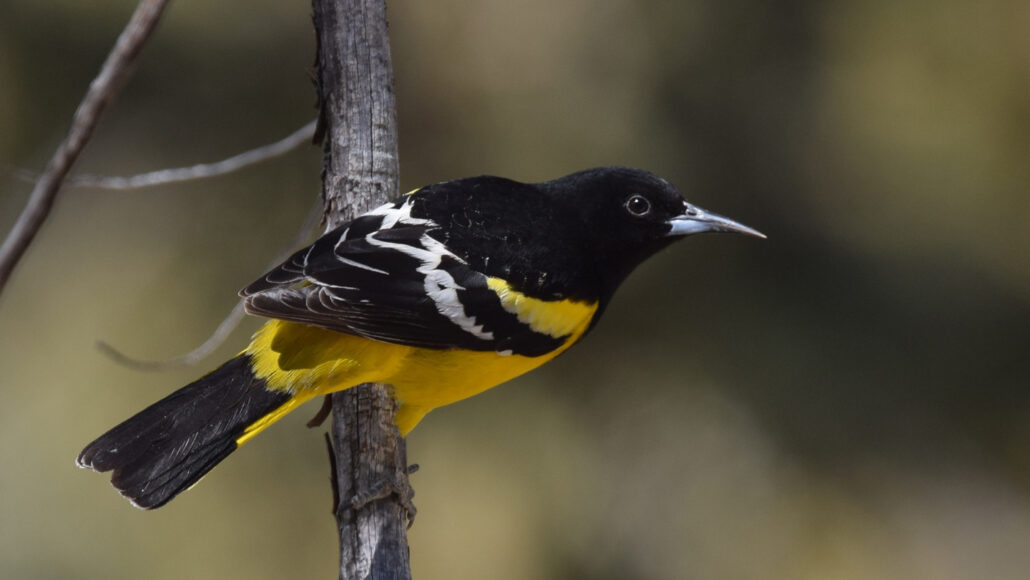Questions for ‘Racism lurks in many plant and animal names. That’s now changing’

The Scott’s oriole (pictured) is one of dozens of North American birds named after people. The oriole bears the name of Winfield Scott, who was a U.S. military commander. Scott coordinated the forced removal of Cherokee people and other Native Americans from their land during the 1800s.
Andy Reago & Chrissy McClarren/Flickr (CC BY 2.0)